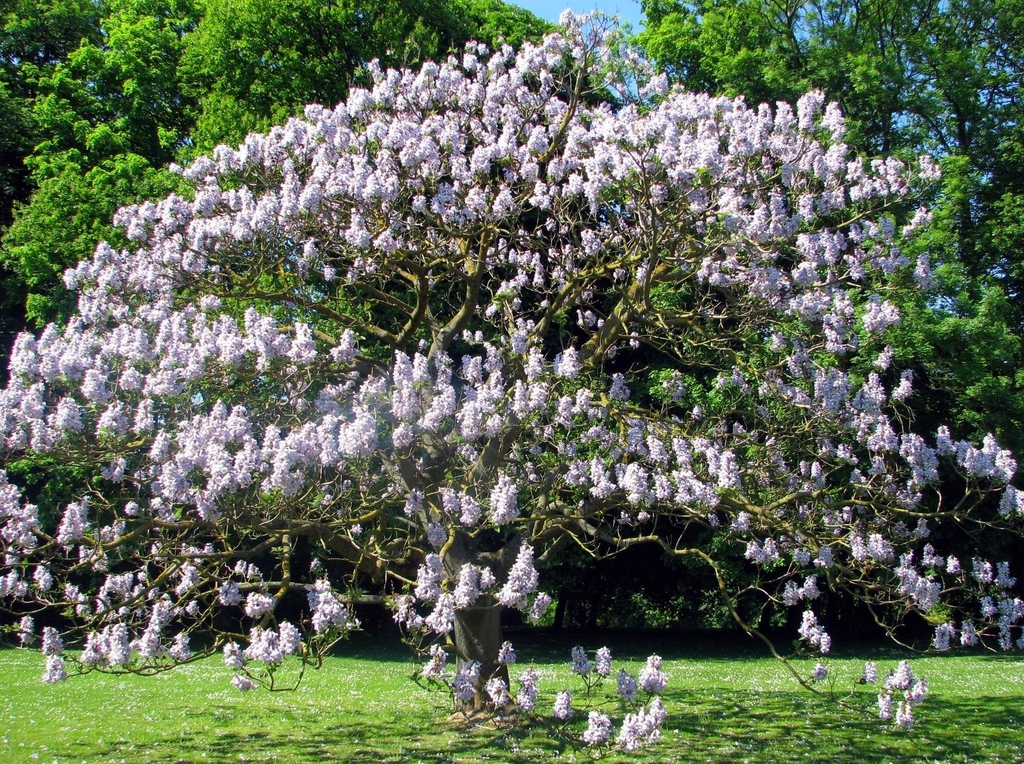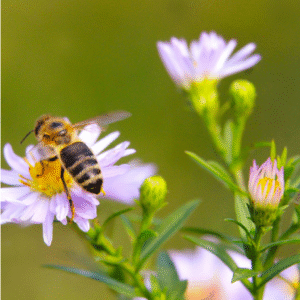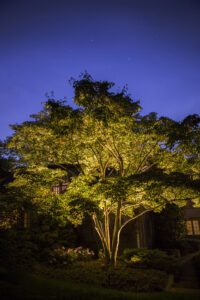Written By: Elena Roman
There can be many obstacles in the process of establishing a new garden, or even in the maintenance of an existing garden. The usual suspects being weeds, improper soil pH and/or drainage, irrigation, and pests. Among the most pervasive and stubborn of obstacles we encounter as gardeners are invasive plants; they compromise our designs, and more importantly, the health of our foundational native ecosystems that support the very existence of our designs. Addressing complications imposed by invasive species on our landscape is not always a straightforward process. The most effective method of eradicating invasive species is one which implements an integrated approach, utilizing manual and chemical removal techniques, reinforced by regular maintenance and preventative measures to reduce the likelihood of future infestations. However, for any course of action to be successful in this cause, it must be understood what invasive species are, what their impact is on our ecosystems (and thus gardens), which species are considered invasive in our region, how they grow, and then formulate a plan based on what has been assessed.
The USDA defines invasive species as one that is non-native to a given ecosystem, and causes or is likely to cause economic or environmental harm and/or harm human health. Invasive species find prolific success in ecosystems of similar conditions to their native origin because they do not experience competition; their new non-native ecosystems have not had enough time to adapt. Once established, invasive species degrade water quality and soil, alter soil chemistry, outcompete native plants for resources, impede forest regeneration, decrease biodiversity, and jeopardize endangered species. Managing these complex effects costs the United States billions of dollars annually. Moreover, many of these invasive plants are characteristically vigorous growers–Kudzu, the invasive vine prevalent in the south (but also Maryland), can grow up to 60 feet per season, or about 1 foot per day. Many invasive species are also capable of self propagation, have highly prolific reproductive capabilities, and possess extensive and hardy root systems, further complicating their removal.
Invasive plants we encounter in our mid-Atlantic region can be classified as herbaceous, shrubs, trees, or vines. Some widespread examples include:
Herbaceous
Garlic mustard (Alliaria petiolata)
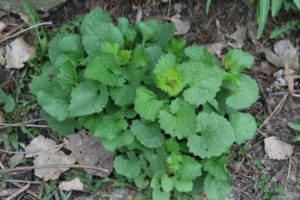
Japanese stiltgrass (Microstegium vimineum)
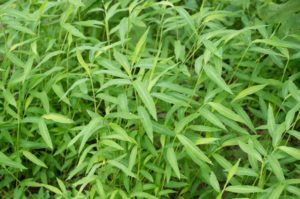
Lesser celandine (Ranunculus ficaria)
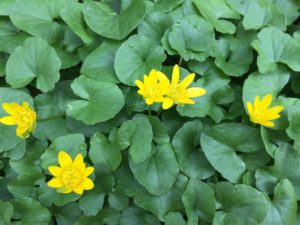
Canada thistle (Cirsium arvense)
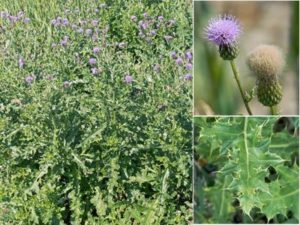
Shrubs
Autumn olive (Elaeagnus umbellata)
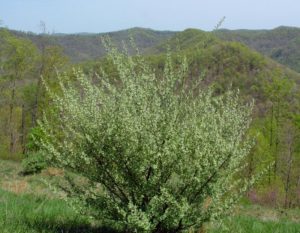
Bush honeysuckle, exotic (Lonicera spp.)
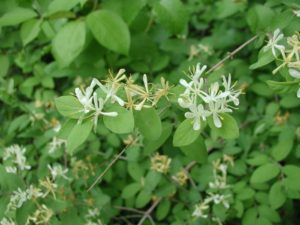
Japanese barberry (Berberis thunbergii)
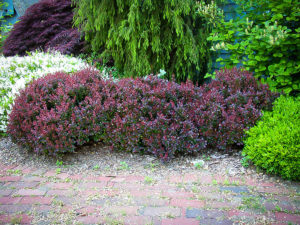
Multiflora rose (Rosa multiflora)

Trees
Bradford pear (Pyrus calleryana ‘Bradford’)
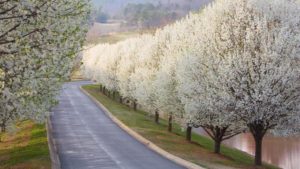
Norway maple (Acer platanoides)
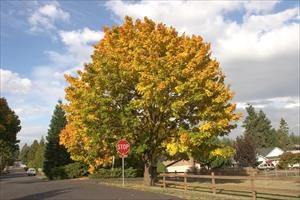
Princess tree (Paulownia tomentosa)
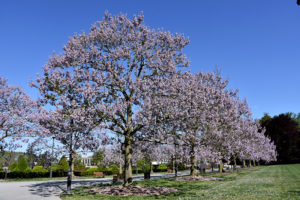
Tree of heaven (Ailanthus altissima)
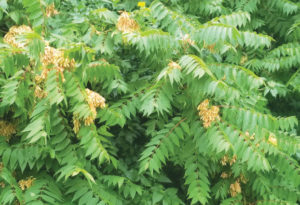
Vines
English ivy (Hedera helix)
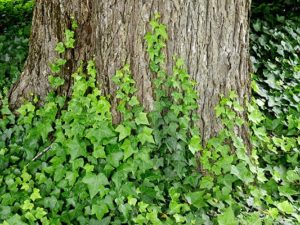
Kudzu (Pueraria montana v. lobata)
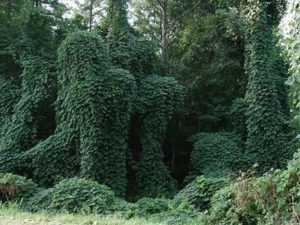
Porcelain Berry (Ampelopsis brevipedunculata)
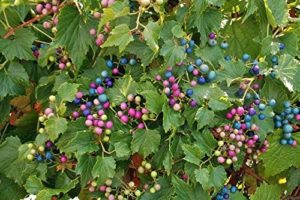
Oriental bittersweet (Celastrus orbiculatus)
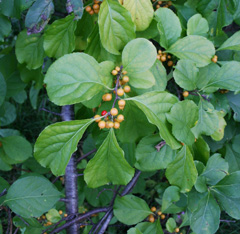
Depending on how developed these species are, effective removal can simply be manual–pulling the plant, and as much of its root system as possible, from the soil. In this scenario, removal would need to take place before the plant has gone to seed, or flowered, to ensure the plant does not come back despite its removal. With herbaceous invasive species, if there are recurring large populations, regular mowing before the plants have gone to seed or flowered can be enough to manage and ultimately eradicate the infestation. To avoid disrupting the soil, foliar application of herbicides such as glyphosate on herbaceous invasive species is also an effective alternative, or supplement, to manual removal. Invasive shrubs, if not too large or too many, can be most effectively removed manually by digging as much of the plant and its root system out as possible. Otherwise, cutting shrubs down to the stump, and regularly cutting back any new growth and/or applying glyphosate herbicide onto the stump will do the trick; over time, the plant’s storage of nutrients and carbohydrates will eventually be depleted, or simply destroyed. Invasive trees can be treated through methods similar to those involved in the removal of both herbaceous and shrub invasive species; if small enough and in manageable quantity, remove manually. If not, cut down to the stump, apply glyphosate herbicide, and/or regularly clip any new growth. Tree of heaven is a slight exception to this method, as glyphosate will not work in its removal–Garlon must be used. Invasive vines, if they’ve climbed above ground, must be cut from the roots up to as high as possible. They do not need to be physically removed from trees–this can be dangerous; tree limbs can break off and fall in the process of pulling down large clusters of vines. Once cut to the root, glyphosate should be applied to the “stump” to kill the root system. In all cases, it is crucial to install new plant material (non-invasive!) or cover bare soil with mulch to prevent further soil erosion and opportunistic weeds from settling in.
Invasive removal is going to require patience, time, perseverance, and some good old-fashioned elbow grease if you are to experience success–it is very possible your invasive removal process could take several years, or more, before you are able to obtain complete control over an infestation. It will not happen in one application of herbicide, one pulling, mowing, or cutting, and it will most likely require multiple rounds of each of these methods on a single plant. However, in our increasingly fragmented landscape, your backyard and greater ecosystem will thank your commitment and diligence every day as your garden and local natives begin to rightfully reclaim their homes.

